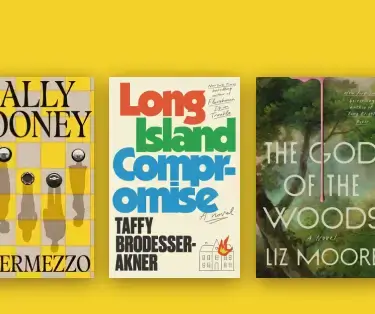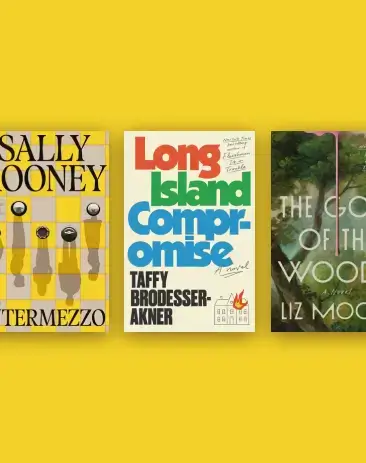The co-op bookstore for avid readers

Portraits of 'The Whiteman': Linguistic Play and Cultural Symbols Among the Western Apache
'The Whiteman' is one of the most powerful and pervasive symbols in contemporary American Indian cultures. Portraits of 'the Whiteman': linguistic play and cultural symbols among the Western Apache investigates a complex form of joking in which Apaches stage carefully crafted imitations of Anglo-Americans and, by means of these characterizations, give audible voice and visible substance to their conceptions of this most pressing of social 'problems'. Keith Basso's essay, based on linguistic and ethnographic materials collected in Cibecue, a Western Apache community, provides interpretations of selected joking encounters to demonstrate how Apaches go about making sense of the behaviour of Anglo-Americans. This study draws on theory in symbolic anthropology, sociolinguistics, and the dramaturgical model of human communication developed by Erving Goffman. Although the assumptions and premises that shape these areas of inquiry are held by some to be quite disparate, this analysis shows them to be fully compatible and mutually complementary.
Book Details
- Publisher: Cambridge University Press
- Publish Date: Aug 31st, 1979
- Pages: 144
- Language: English
- Edition: undefined - undefined
- Dimensions: 8.40in - 5.40in - 0.60in - 0.40lb
- EAN: 9780521295932
- Categories: • Indigenous - General• Anthropology - General
Praise for this book
'Ethnographers are not the only ones who do ethnography and Portraits of 'the Whitemen' presents the most subtle evidence that this is so far for North American Indians. It is absolutely at the cutting edge of developments in mutual understanding, to say nothing of the fact that it is superb anthropology.' Alfonso Ortiz
'Portraits of 'the Whiteman' ... is an exceptional piece of work ... What it presents is something that is very different for an ethnographer to obtain; indeed, the material presented is unprecedented. The essay is well written, and it packs a wallop. It goes to the very heart of the difficulties in Anglo-American and Native American relations. It should be required reading for every Anglo-American whose work involves him with Native Americans. It will also be exceedingly useful as collateral reading in introductory courses in cultural anthropology.' Ward H. Goodenough


